Gold has always claimed the pole position among precious metals. Its aura and track record are undeniable. Silver has perpetually been the also-ran; it has played second fiddle in their relationship.
Why is this so? Is it because gold is the better choice of investment? Or is it just a quirk of fate?
Let us delve a bit deeper and understand the tug of war between these two precious metals.
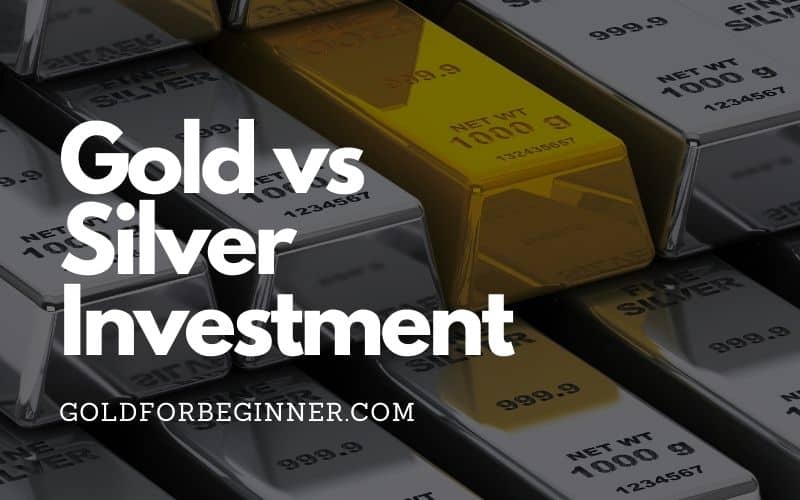
history of Gold & Silver
Through the ages, both gold and silver enjoyed immense popularity as jewelry, currency, and store of value. The gold-silver ratio helps understand the positive correlation between the two precious metals.
The gold-silver ratio expresses the price relationship between gold and silver. It gives the number of ounces of silver required to match one ounce of gold.
Until the beginning of the 20th century, this ratio has been fairly steady throughout recorded history. Mostly the governments have set fixed exchange rates.
At the beginning of the 20th century, the discovery of vast deposits of silver in the Americas and governmental interference led to intense fluctuations in the ratio.
March 2020 witnessed the ratio peak at 123:1. By August-September 2020, it has calmed down to the range of 68:1. Now, in January 2020, it is hovering above 73:1.
6 Key differences: Gold vs Silver
Gold and silver are similar in many aspects – from their physical properties to their applications. However, the few dissimilarities make a world of difference to gold and silver in the world of investment.
Let us examine their dissimilarities in detail and try to understand how it affects their importance as an investment vehicle.
1. Annual production
One of the prime factors for the pricing of precious metals is their supply in the market. According to U.S. Geographical Survey (USGS) data, 3,300 tons of gold was mined in 2019 in comparison to 27,000 tons of silver.
This huge difference in the availability of gold and silver plays a major role in influencing their prices and ultimately their status as an asset. Gold is more expensive as it is rarer than silver.
2. Yearly Demand
The next factor influencing the price of gold and silver is their annual demand. This is a point where the two differ vastly due to the difference in their applications.
The market for gold primarily comes from the jewelry sector. It accounts for almost 50% of its production. The rest of the requirement is from its utilization as an asset, central bank reserve, and in select industries – electronics, computers, dentistry, and medicine.
The market for silver, on the other hand, is more spread out among various industries. The share of its application in jewelry and artifacts is too limited, unlike gold.
More than one-third of the silver mined every year is used in the electrical and electronics industry. From circuit boards, TV screens, computer keyboards, and telephones to microwave ovens, switches, and toys, the white metal has a variety of applications in the industry.
The rest of the market for silver is from jewelry and silverware, bullion, and photography among others.
The industrial uses of silver play a huge role in its inferior status to gold.
3. Utility as hedge
The price of gold and silver have a positive correlation – they move in the same direction as a result of market events. However, the performance of silver is less than desirable when the market is going through a stressful period.
As more than half of the annual production of silver finds application in various industries. Its market is intricately linked to industrial activity. When the economy is in a recession or under strain, it leads to shrinking industrial activity. This brings down the market for silver along with its price.
The story of gold is different altogether. During an economic downturn, stock markets crash, bringing down with it the value of all financial assets like stocks, bonds, mutual funds, and real estate. This is the time for gold to shine. Investors turn to it to preserve the worth of their savings as gold has a proven track record as an effective hedge against inflation and currency depreciation. Its limited application in industries makes its price more stable.
The worth of gold is our own creation. It is valuable because we perceive it to be valuable. We believe that it will retain its worth in the future because it has done so in the past. The investor sentiments drive up its demand and price in good times as well as bad.
This helps gold to be a better hedge than silver.
You may interested to know Why does gold have value
4. Price stability
The price of silver is highly volatile due to its smaller market size and lower liquidity. The fluctuations in its requirement for industrial and investment uses also plays a big role in the price variations.
Though the quantity of silver mined is 8-9 times that of gold, it is not mined on its own – it is a byproduct when mining for gold or copper. This means its supply doesn’t correlate to its demand, leading to wild swings in its prices.
The high price volatility makes silver less appealing to investors than gold as a long-term investment. However, it offers attractive prospects for short term speculation.
5. Storage troubles
Silver is the more affordable of the two metals but it poses a problem for investors. It requires more storage space. With the current gold-silver ratio at 73:1, the silver bullion requires 73 times more space than the gold bullion for the same amount of investment.
The need for more storage space means more expense incurred on safe storage solutions like bank deposit lockers and depositories. Since this is an annual recurring charge, it makes silver less attractive to investors.
6. Central Bank reserves
Central Banks of countries worldwide use precious metals like gold and silver as reserves. The purpose of a reserve is to underpin the currency, as a hedge against market unrest and high liquidity for emergency needs.
Not so long back, most countries had vast quantities of silver reserves but now very few have them. The reason is simple enough. Its effectiveness as a hedge is not good. Moreover, silver has wide applications in industries, making it a waste of resources to keep it unused.
Even as silver reserves dwindled, gold reserves with central banks have jumped up considerably. Though investors may not attach much importance to the buying and selling of these precious metals by central banks, it does have a substantial impact on their prices and ultimately their worth as an asset.
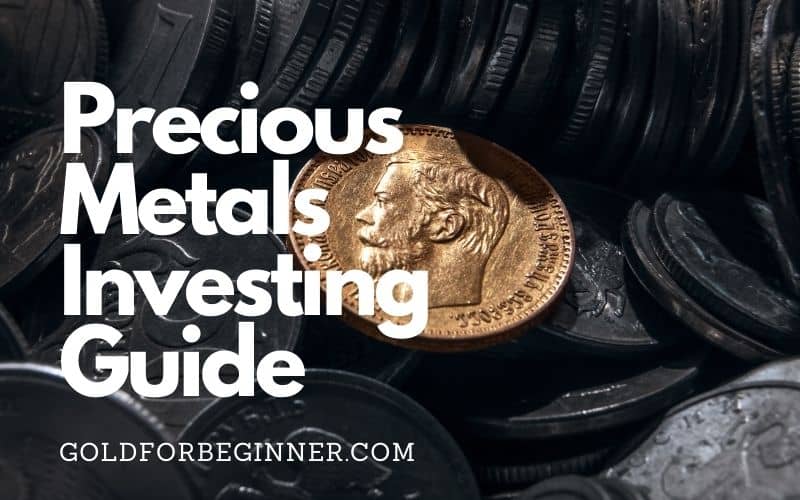
Precious Metals Investing: A Beginner’s Guide
Table of Contents Add a header to begin generating the table of contents Our association with gold and silver can be traced back beyond recorded
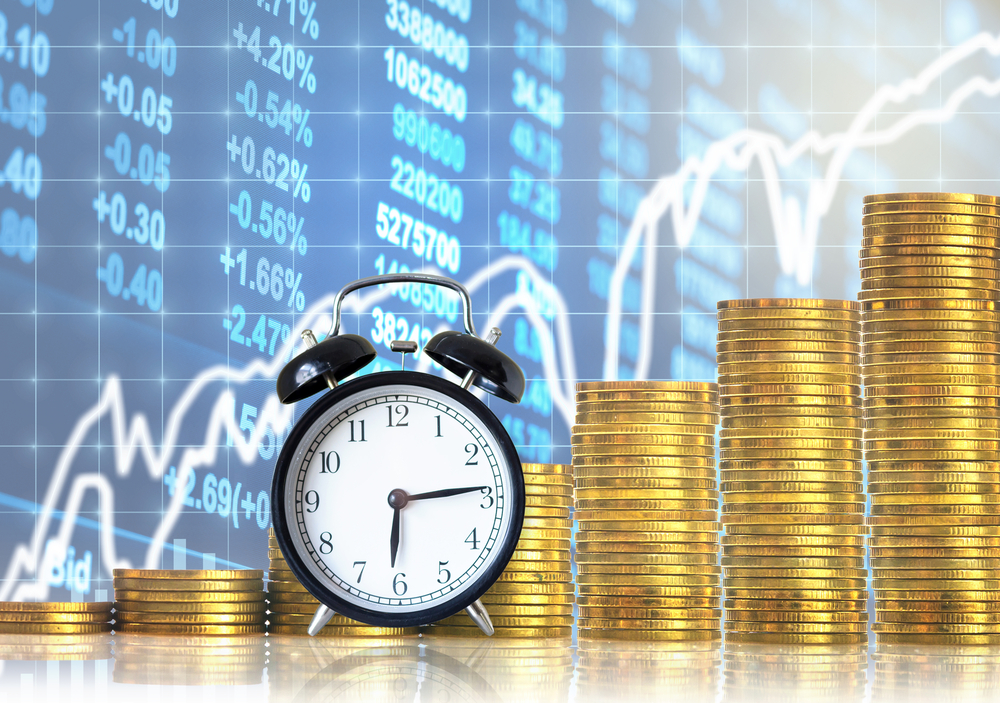
What is The Best Way to Buy Gold?
Table of Contents Add a header to begin generating the table of contents The appeal of gold as a store of value is almost as
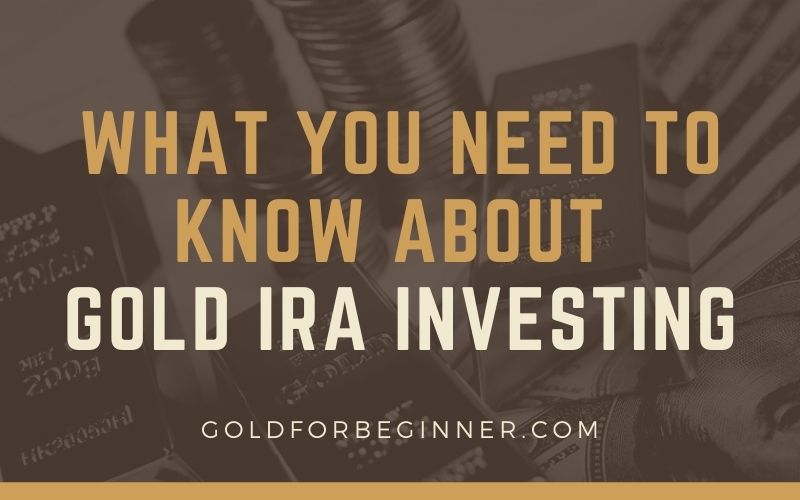
What You Need to Know About Gold IRA Investing
The value of gold as an investment tool is proven over time. Its intrinsic value, excellent liquidity, and its use as a hedge against inflation
Why is silver cheaper than gold?
As the gold-silver ratio tells us, gold is 73 times more expensive than silver now. In March 2020, at the height of the COVID19 pandemic, the ratio hit an all-time high of 123:1. This leads us to the question of why silver is so much cheaper than gold.
One of the core reasons for this is the comparative scarcity of gold. One of the basic market forces driving the price of a commodity is its supply. Availability of gold is considerably less when compared to silver.
At the same time, the market for gold is much higher than that for silver because of its perceived worth. Investor sentiments play a significant role in its high demand. Even when the economy is going through a bad phase and everything else is collapsing, the gold market never wanes. In fact, it goes up.
Silver has more varied applications but it doesn’t help in raising the market for it. Its price volatility and unsuitability as a hedge make silver less desirable as an investment. Silver just doesn’t have the aura or the mystery factor that gold has.
Lesser supply and higher demand for gold make it more expensive than silver.
Will silver ever be worth more than gold?
Never say never. Historically, there may have been instances when silver was valued more than gold.
At the beginning of recorded history, gold and electrum, a naturally-occurring alloy of gold and silver, were commonly available in Egypt. However, silver doesn’t seem to be known to them. When silver was introduced to Egyptians, they naturally considered it more valuable than gold. The unearthed jewelry of this period points to this.
In the recorded history, the gold-silver ratio has always been heavily in favor of gold. However, the data only provides the average annual ratio. There are instances of silver getting the better of gold on at least one occasion.
In the 1919-20 period, there have been reports of silver bullion selling at a higher price than gold bullion.
Whether silver will rise in importance and will be worth more than gold is hard to predict. This can happen if gold becomes more abundant or silver scarcer. Both are possibilities that cannot be ruled out.
The USGS has predicted a very real possibility of silver becoming extinct in the near future. With its underground supply exhausted and its wide use in the industries, the quantity of mined silver will get over in a short period, leading to its scarcity.
Gold may become more abundant with discoveries of newer deposits that is vast enough to reverse the gold-silver ratio.
These are definitely possibilities that cannot be ruled out but silver sure has a lot of catching up to do with the ratio standing at 73:1.
Is silver a good investment?
Silver, like gold, is a precious metal with many compelling attributes making it suitable as an asset. Though gold is shining brighter as an investment at present, it is too expensive for many investors. Affordability is one point in which silver wins the tug of war.
Here are some compelling reasons to consider including silver in your portfolio.
- Physical silver is a store of value as it carries no counterparty risk, default risk, and its long history as currency.
- Physical silver is a hard asset and a tangible hedge against scams and online fraud.
- Silver is affordable for an average investor.
- The high liquidity of silver makes it a useful asset for emergency needs.
- Being a smaller market than gold, the rise and fall of silver prices are more amplified. Though this adds to volatility, investors can make a quick profit during a bull run.
- Silver reserves are falling constantly as it is getting used up by industries.
- Industrial uses of silver are growing exponentially.
- Silver supply may take a hit in the near future. The USGS has predicted that silver would be the first element in the periodic table to become extinct.
Is it better to invest in gold or silver?
Widening price gap
The gold-silver ratio points to the disproportionate gap between the two metals. Financial experts assign the rise of gold as the reason for this ever-widening chasm. It is valued much higher than its intrinsic value because of the overwhelming interest in it. Investor sentiments or the perception that gold is a more dependable and safer investment is the driving factor for this.
Though there are indications of silver gaining in importance in the future, it is more speculative than anything concrete. In the present scenario, gold offers more solid returns as an asset.
Industrial applications of silver
Silver has more applications than gold, especially in industries. This gives silver advantages and disadvantages as an asset. During economic uncertainties, when the industrial output takes a hit, the market for silver falls, bringing down its price. The price volatility is a major deterrent for investors though this makes silver investment profitable in the short term.
The market for gold is based more on its perception as a store of value and as a hedge than its applications. As long as it is considered more valuable, it will remain a more reliable and liquid investment choice than silver.
Uncertainty in future supply
Gold is mined worldwide in all continents; some more some less. However, silver mines are in some of the most troubled regions of the world, making its supply unreliable. Coupled with its increasing demand in industries, there is a probability that silver will rise in value in the future. However, it is hard to predict when this will happen and for how long it will last. Or, whether this scenario will happen at all.
Perusing the historical records for the past centuries reveals the rising demand for gold and its skyrocketing prices. Silver has slid further down in the ratio during the same time. As investors prefer certainty or uncertainty, gold remains the favorite asset over silver.
Gold vs silver: Who will shine brighter in 2021?
Financial experts are predicting that silver will make gains in 2021. Its uses in industries will continue to grow and supply will not be able to catch up with the rise in demand. And, this will lead to a rise in its prices.
The forecast for gold is equally good, if not better. With political and economic uncertainties ruling the roost in many parts of the world, investors will turn to it as a safe haven.
Bottom line
Ultimately, which is a better investment is for each investor to decide. Based on individual goals, priorities, and aversion to risk, each investor has to weigh the pros and cons of investing in precious metals. For an average investor who wants to play it safe, gold is the better choice as an investment. Learn how to invest in gold for beginners.
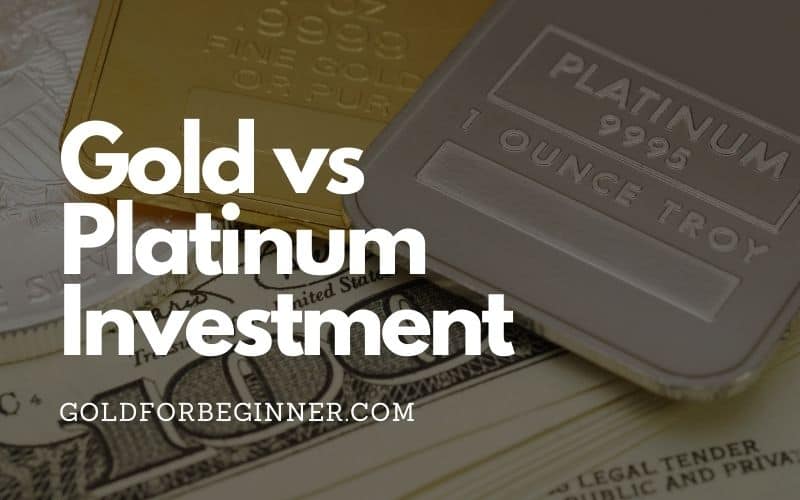
Gold vs Platinum Investment: Which One Should You Invest?
When the global economy is going through a rough patch, it is natural for investors to turn to precious metals to preserve the value of
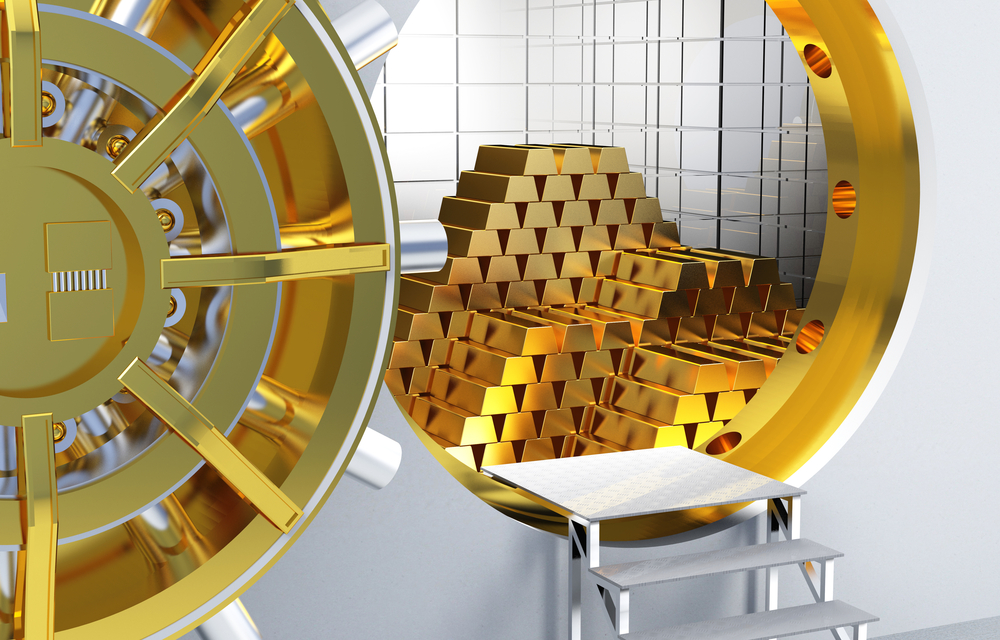
Gold IRA Custodian: Rules, Responsibilities, Reviews and More
The Internal Revenue Service viz Section 408 (a)(2) mandates the role of a trustee or a custodian in administering the trust fund of an Individual
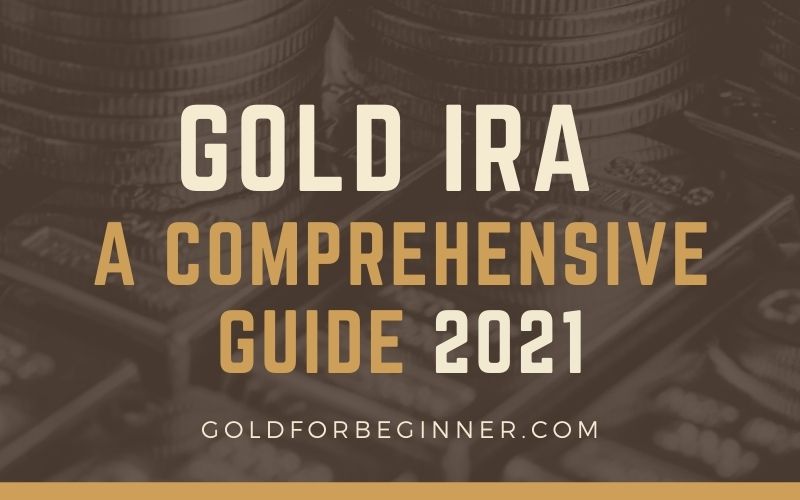
Gold IRA: A Comprehensive Guide 2021
Worried about tumbling dollar and looming economic depression? Feeling like sitting on the sidelines when the gold price is going through the roof? Want to
